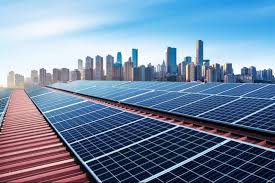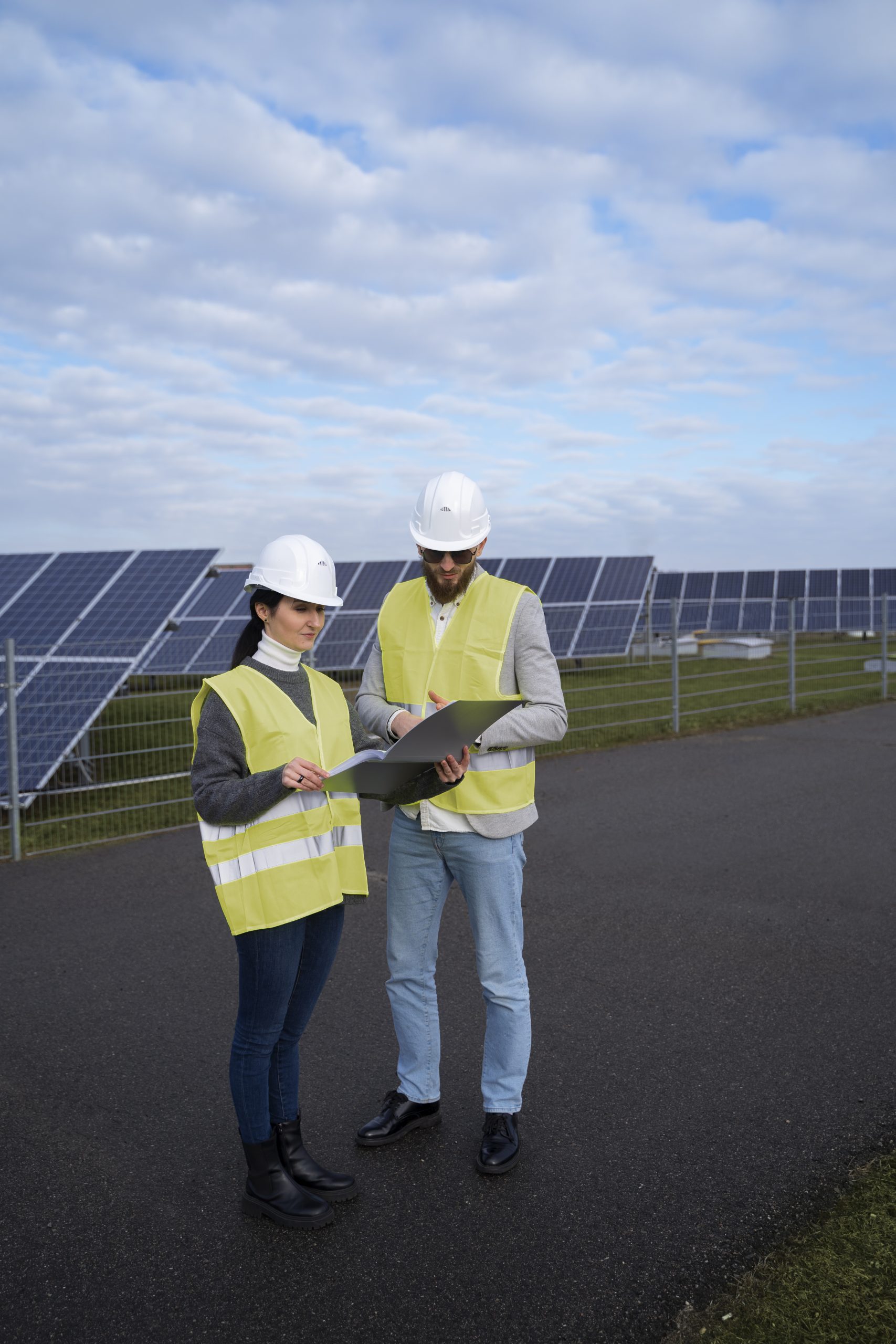Solar energy has long been praised for its potential to replace fossil fuels and reduce global emissions. In 2025, new solar technology is not just an upgrade—it’s a revolution. From ultra-thin solar panels to perovskite innovation, the solar landscape is rapidly evolving. Thanks to smarter integration and AI-enhanced grids, homes and businesses are now tapping into cleaner, more affordable solar power. This transformation is redefining how we think about energy, costs, and sustainability. The push for carbon neutrality, supported by global governments and industries, adds even more momentum. In fact, according to the U.S. Department of Energy, solar energy could power 40% of the grid by 2035, with the 2025 innovations playing a central role. In this blog, we’ll break down what the latest tech means for you, the environment, and future generations. Let’s explore how these advancements are creating a cleaner, smarter world.
What Is the Latest Solar Technology in 2025?
Perovskite Solar Cells Are Leading the Charge
Perovskite solar cells are currently the most promising advancement in the solar industry. Unlike traditional silicon panels, perovskite cells are cheaper, lighter, and far more flexible. Researchers from MIT recently achieved a record-breaking 33% efficiency using tandem perovskite-silicon panels. This means more power with less space, making them perfect for urban buildings and mobile solar devices. The ability to print them on flexible films also opens doors for integration into windows, cars, and even clothes. Additionally, companies like Oxford PV and Energy Materials Corporation are already testing commercial deployments. What’s even more exciting is their scalability—they can be produced at lower temperatures, reducing manufacturing emissions. This shift is expected to slash installation costs by 20–30% by the end of 2025. These improvements make solar not only accessible but transformative for low-income and remote areas where grid access is still limited.
Environmental and Economic Benefits of New Solar Tech
Lower Costs, Higher Efficiency, Greater Accessibility
New solar technology isn’t just a technical upgrade—it brings massive financial and environmental perks. For instance, solar panels built with advanced materials like perovskite and graphene offer up to 35% higher efficiency. As a result, homeowners can expect a payback period of under six years, compared to the traditional 10–12. This puts energy independence within reach for more families than ever before. From an environmental perspective, reduced material needs mean lower emissions during production. Plus, emerging recycling systems for end-of-life panels are improving the sustainability cycle. Governments are stepping in too. In the U.S., the Inflation Reduction Act of 2022 continues offering tax credits in 2025, covering up to 30% of installation costs. These policies are further supported by global initiatives like the EU’s Green Deal. With falling costs, increased efficiency, and strong policy support, solar is no longer niche—it’s mainstream.

Smart Solar: AI and Grid Integration Are Changing the Game
AI-Powered Solar Grids Enable Smarter, More Stable Energy Use
Artificial intelligence is now embedded in modern solar infrastructure, from residential systems to national grids. AI software can forecast energy demand, detect panel inefficiencies, and optimize battery storage in real time. This reduces waste and ensures homes always use the cleanest, cheapest energy available. One leading example is Google’s DeepMind, which is being tested on solar grids in California to predict output with 96% accuracy. Smart inverters also allow for two-way communication with the grid, turning every home solar system into a miniature power plant. During outages or peak hours, these systems can share energy across networks. In 2025, most commercial solar arrays come equipped with machine learning algorithms that adapt to weather, usage patterns, and pricing. This creates a more resilient and intelligent power infrastructure that can withstand climate-related stress. The synergy between AI and solar is no longer futuristic—it’s powering homes today.
Commercial and Residential Adoption Is Surging in 2025
Solar Roofs, Solar Windows, and Community Microgrids
Adoption of new solar technology isn’t just happening in large-scale farms—it’s now everywhere. Tesla’s Solar Roof 3.0, launched this year, features textured solar tiles that blend into traditional architecture. Similarly, companies like Ubiquitous Energy have commercialized transparent solar windows, which turn buildings into self-powered ecosystems. These innovations have doubled residential solar installation rates in the U.S. compared to 2023, according to SEIA. On the commercial front, warehouses, schools, and hospitals are shifting to solar microgrids that ensure independent, reliable power. Community solar projects, especially in low-income areas, are making renewable energy accessible without private roof ownership. Governments are offering incentives for these shared systems, and participation surged by 40% this year alone. The shift is not just technical—it’s cultural. People are no longer just customers but prosumers, producing and sharing energy locally. This decentralization is changing how societies view energy and sustainability.
Breakthrough Materials Behind New Solar Panels
Graphene, Quantum Dots, and Transparent Cells
The materials inside solar panels are evolving fast. Graphene, a single layer of carbon atoms, is now being used to create ultra-light and highly conductive solar cells. These cells can bend without breaking, ideal for portable and wearable solar tech. Quantum dots, which are nanocrystals that absorb light, are also enhancing solar efficiency. They work by converting more parts of the light spectrum into usable energy. This leads to higher power output, especially during cloudy conditions. Transparent solar cells, on the other hand, let light pass through while converting UV rays into electricity. They are being used in greenhouses and skyscrapers across Europe and Asia. Research published in Nature Energy in 2025 shows that these new materials could push solar efficiency above 40% within the decade. By combining flexibility, transparency, and efficiency, these materials are redefining what solar can look and feel like.
Frequently Asked Questions (FAQs)
1. What is the most advanced solar technology in 2025?
The most advanced tech is perovskite tandem cells, offering high efficiency, low cost, and flexibility.
2. Are solar panels still worth it in 2025?
Absolutely. Thanks to better materials and government incentives, solar is more affordable and efficient than ever.
3. How long do new solar panels last?
Modern solar panels last 30–40 years, with minimal efficiency loss over time, especially with proper maintenance.
4. Can I power my entire home with solar in 2025?
Yes. With efficient panels and battery systems, many households are now fully solar-powered year-round.5. Do government incentives still exist for solar installation in 2025?
Yes. Federal tax credits and state programs still provide major financial support for homeowners and businesses.


